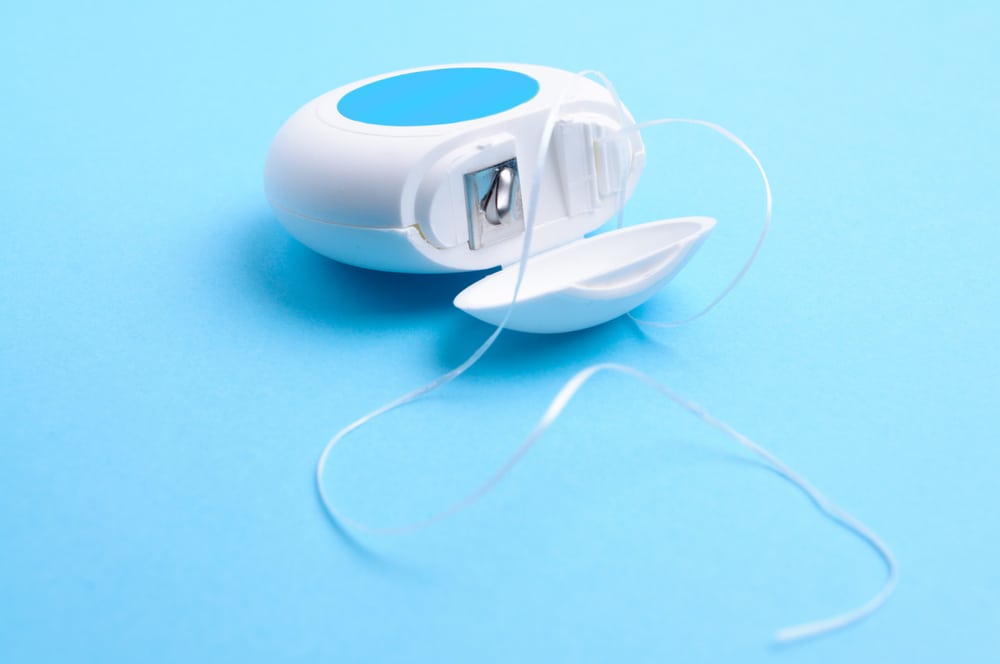Should I floss?
Posted by: Jodie Blades Diploma Level 3 in Dental Nursing
Medically reviewed by: Helen Carey Dip in Dental Hygiene and Therapy Lond 2009


”Interdental cleaning is proven to help remove debris between teeth that can contribute to plaque build-up.
You’re told to floss when you visit the dentist, you’re told to floss when you visit the hygienist. We all know we’re meant to floss but, many are left asking “Should I floss?”
When is the best time to floss and how many times a day? And, how are you meant to be doing it? Will your dentist know if you don’t? And no, we’re not talking about the dance! (but out of interest, can you do that?… haha we bet you just tried!)
“Should I floss?”
Yes, if you can. No, if you can’t.
Flossing can be very technique sensitive and the BBC reported back in 2016 that the results of flossing were unproven but the clinical evidence of lack of flossing or interdental cleaning and the presence interdental caries, plaque build-up and gingivitis if far from coincidental.
The most important thing is to use whichever dental aid you can to clean the interdental surfaces of your teeth. If you dipped your hands in honey, would you not wash between your fingers?…
“How do I floss?”
The floss should be long enough to wrap around your forefinger on each hand a couple of times and you should create a C-shape around the tooth edge once you’ve passed the floss between your teeth. You need to gently push and pull the C-shape up and down the tooth edge, maintaining contact – you don’t pull the floss back and forth, you could damage your gums doing it this way. Top Tip! Let go of one end and gently pull the floss piece through so that you don’t flick the removed debris all over your bathroom mirror.
“I can’t floss, what should I do?”
The first thing to do if you can’t floss or you find it difficult is to ask your dentist or hygienist to demonstrate the best technique for you. If dexterity is an issue you’ll likely be advised to use an interdental brush, a flossette or even a water flosser. If you really can’t master flossing – there are plenty of alternatives to keep the interdental surfaces of your teeth free from build-up and decay.
“What are interdental brushes and how do I use them?”
“What is a flossette, and how do I use it?”
“What is a water flosser and how do I use it?”
“When should I floss?”
“How often should I floss?”
If you need a floss demo, get in touch today or book online!

Sorry, the comment form is closed at this time.